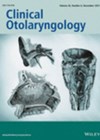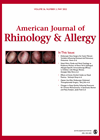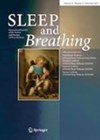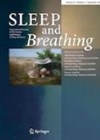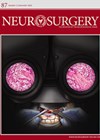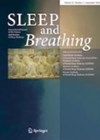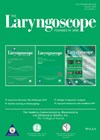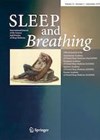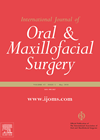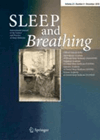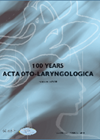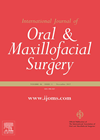
Journal Reviews
Adenotonsillectomy day-case discharge criteria: a systematic review
In this paper, Gowda et al review the literature aiming to answer a long-standing question regarding the criteria for same-day discharge of paediatric patients post adenoidectomy and/or tonsillectomy performed for treatment of obstructive sleep apnoea (OSA). Following PRISMA consensus, they...
Does sleep quality improve when we adequately treat CRS?
In addition to the well-known symptoms associated with chronic rhinosinusitis (CRS), patients often suffer with poor sleep quality which is also detrimental to health and wellbeing. This meta-analysis looked at 35 papers reporting outcomes for CRS patients post surgery on...
Long-term effectiveness of sleep surgery for obstructive sleep apnoea
n this study, 39 patients from Turkey with obstructive sleep apnoea (of varying severity) underwent an expansion sphincter pharyngoplasty. This operation was devised by Prof Kenny Pang in Singapore and involves using the palatopharyngeus muscle and partly relocating it laterally...
Can surgery make you a better driver?
Obstructive sleep apnoea is a condition that can have far reaching health, economic and safety implications for the individual inflicted with the condition, as well as those in their immediate and wider surroundings. Having the freedom to drive taken away...
OSA is neuroprotective!
This interesting study supports the hypothesis of the protective effects of obstructive sleep apnoea (OSA) against ischemic events like stroke. The authors evaluated the impact of OSA with the presentation, hospital course and outcomes of patients with subarachnoid haemorrhage (SAH)....
RCT: tongue retaining devices vs CPAP for OSA
This study compared the effect of a tongue retaining device versus the use of CPAP in 27 patients within a crossover RCT design. Tongue retaining devices (also known as tongue stabilising devices), are similar in appearance to a plastic tongue-sized...
Do parents sleep better after paediatric adenotonsillectomy?
Paediatric adenotonsillectomy for sleep disordered breathing (SDB) is amongst the commonest surgical procedures performed in ENT. In the outpatient clinic, parents routinely express their concern about their child’s breathing but the impact of sleep disordered breathing on the parent is...
An alternative device for obstructive sleep apnoea
Continuous positive airway pressure (CPAP) is the first-line treatment for obstructive sleep apnoea (OSA), primarily due to the vast amount of short-term evidence in the medical literature it has accrued. The enduring obstacle to CPAP from becoming a treatment option...
Long-term quality outcomes of bimaxillary surgery of obstructive sleep apnoea
This is a review of 12 patients at two years postoperatively and again at at least 17 years. Successful outcome of a decrease in apnoea-hypopnoea index (AHI) of greater than 50% was thought to be success. Eight of the initial...
DISE as a rationalising tool for sleep apnoea surgery
This retrospective study on 85 adult obstructive sleep apnoea (OSA) patients provides further interesting information for sleep surgeons. These patients were all investigated with polysomnography (PSG) and drug induced sleep endoscopy (DISE). They all then underwent a simple uvulopalatoplasty with...
Can obstructive snoring affect the snorer’s ears as well?
Patients with obstructive sleep apnoea (OSA) often show severe nasal obstruction, chronic sinusitis and/or a deficit of nasal mucociliary clearance with nasopharyngeal stagnation of secretions possibly predisposing to eustachian tube dysfunction (ETD). This clinical prospective study investigates ETD, nasal resistance...
Obstructive sleep apnoea: Does maxillomandibular advancement work?
This is a paper from the Netherlands reviewing 62 patients who underwent maxillomandibular advancement for moderate to severe obstructive sleep apnoea. The authors observed a 71% success rate with mean apnoea hypopnea index (AHI) reduction of 69%. There was no...

